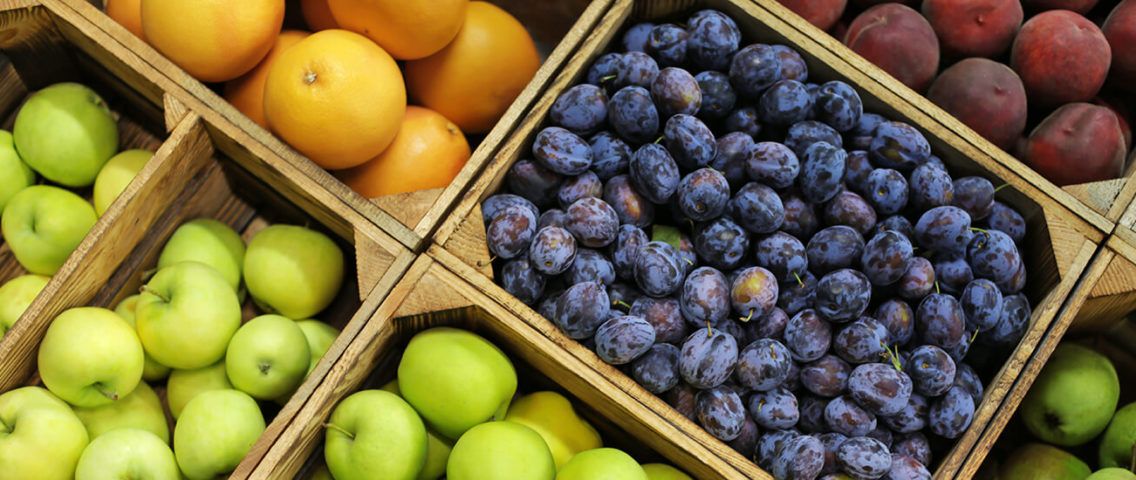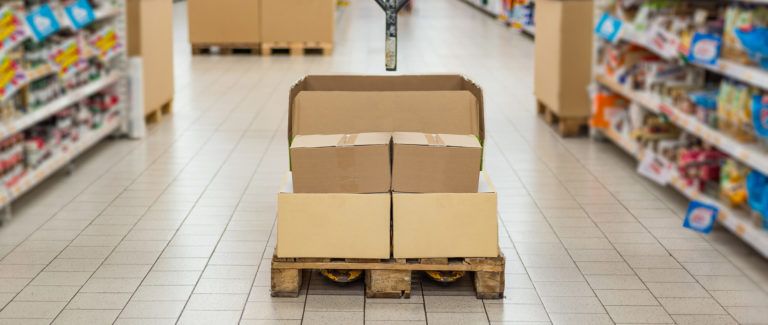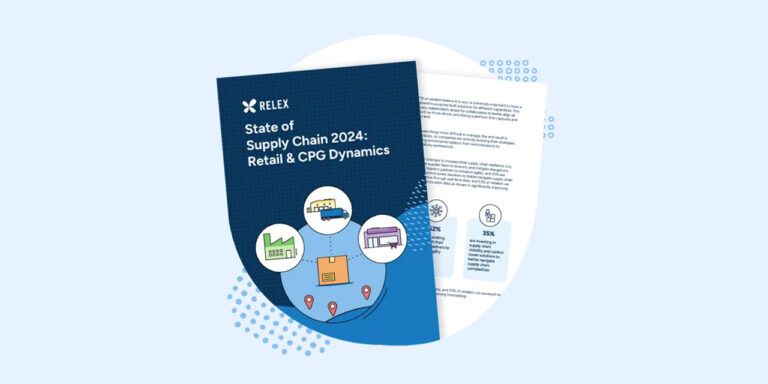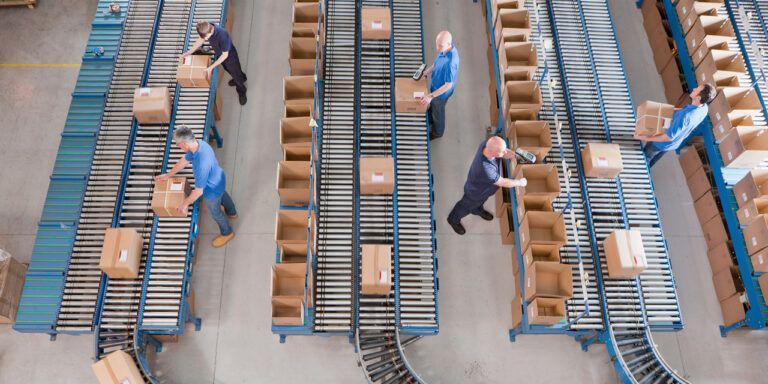For years, consumers’ focus on fresh and sustainable food has increased steadily, and the management of fresh and short-life products is critical for the success of any food retailer today. The results of a grocery survey that we published in collaboration with EnsembleIQ revealed that 2/3 of the participating grocers lost over 1.5% of their annual revenue to expired and spoiled fresh products each year. Translated, that means that a grocer with $1 billion in annual revenue was losing $15 million to spoilage alone. That research was published in early 2020 and, like many issues facing retailers, the following 18 months only magnified the importance and urgency of the problem.
The survey responses also demonstrate that only half of grocery retailers were forecasting at the store-product-day level. That lack of granularity in the forecasts and the fact that only 24% report that their automatic replenishment is driven by store-level forecasts are very likely the primary drivers of excessive waste.
Waste Reduction Needs Forecast-Based Replenishment
In our experience, grocery retailers who implement forecast-based automatic store replenishment typically see spoilage reductions of 10-40%. For example, French grocery retailer Franprix attained a 30% reduction in spoilage, while simultaneously reducing stock-outs by 67% through more accurate forecasting and optimized replenishment ordering. Furthermore, as the scale and complexity of the operations increase, the attainable benefits also increase.
Key Considerations When Automating Replenishment of Fresh Products
Replenishment of fresh products presents a unique set of complications compared to that of center-store products. The most apparent of these differences is the increased importance of planning accuracy. There are several critical requirements when dealing with short-shelf-life products that legacy systems are simply not equipped to manage. The good news is that modern forecasting and replenishment solutions equipped with AI and machine learning can not only meet but exceed these requirements and drive efficiency and performance levels far beyond traditional manual processes.
Day-level forecasting: Demand fluctuations for grocery are frequent and often vary for each day of the week. For short-life products, accuracy of day-level forecasts is essential in order to avoid spoilage without compromising availability. Machine learning enables forecasting systems to automatically analyze weekday-related variation at the store and product level as well as adapt to changes in local demand patterns. In addition, day-level forecasting enables accurate planning for the weeks surrounding events and holidays like Christmas, making the ramp-up and ramp-down of short-life inventory more efficient and executable.
Accurate forecasting for promotions: The impact of promotions on fresh and short-life products must be forecasted at the store level to accurately account for and respond to local demand patterns. Machine learning algorithms can quickly analyze enormous data sets and automate highly accurate, granular forecasting models that consider all factors that impact promotional uplift to the store and product levels. Further, a promotional uplift for one product can often introduce a reduction in sales for another. This cannibalization effect is especially important for short-life products and must be considered to minimize excess stock and spoilage.
Balancing spoilage and availability: The nature of fresh and short-life items dictates the need for replenishment to follow sales as closely as possible. Achieving 100% on-shelf availability for ultra-fresh items—those that need to be sold the same day—means there will be waste or markdowns unless the forecast is 100% perfect 100% of the time on a day, store, and product level. To achieve the right balance, the best replenishment solutions replace static safety stock for fresh products with probability-based order optimization, enabling retailers to optimize the trade-off between waste and lost sales. Optimizing fresh food replenishment yields impressive results, reducing spoilage by up to 40% and granting the power to drive a significant increase in profitability.
Taking the weather into account: Weather changes significantly impact demand for both fresh and center-store products. However, as short shelf-lives limit the use of buffer stock to reduce the impact of demand fluctuations, it is critical to take weather changes into account when planning for fresh product supply. Machine learning makes it possible to automatically detect the impact of impending weather conditions on local demand for different products and use that information to build more accurate forecasts.
Learn more about the benefits of automating the grocery supply chain, especially when it comes to forecasting and replenishment for fresh, in our guide: ”Winning the Food Fight: Best Practices for Managing Grocery Retail Supply Chains.”




